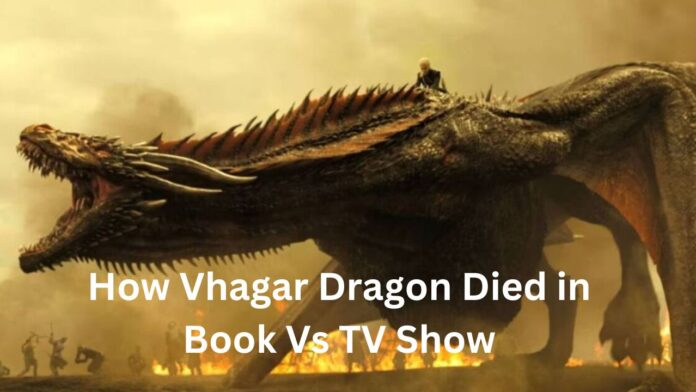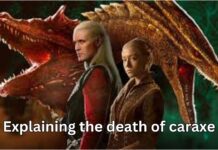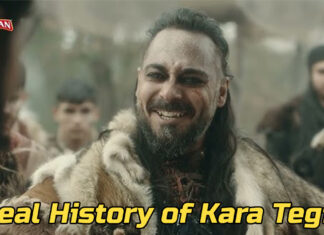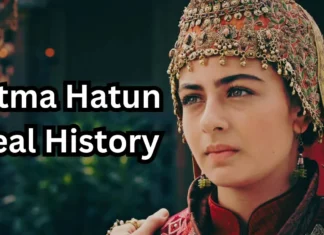It is interesting to note that in both the book “Fire & Blood” authored by George R. R. Martin and the TV drama and prequel series “House of the Dragon”, the death of the dragon Vhagar is mentioned albeit in different ways and with different specificities.
Vhagar’s death in Book
Vhagar’s death is described in “Fire & Blood,” and happens in the Battle Above the Gods Eye, one of the decisive fights of the Dance of the Dragons Targaryen civil war. Caraxes ridden by Daemon Targaryen battles against Vhagar ridden by Aemond Targaryen. There is much rivalry and they fight over the God’s Eye lake. All of the dragons and their riders perish in the conflict. Vhagar and Caraxes fall into the lake and Aemond’s corpse is shown with a sword through his eye; this must be Daemon’s final blow.
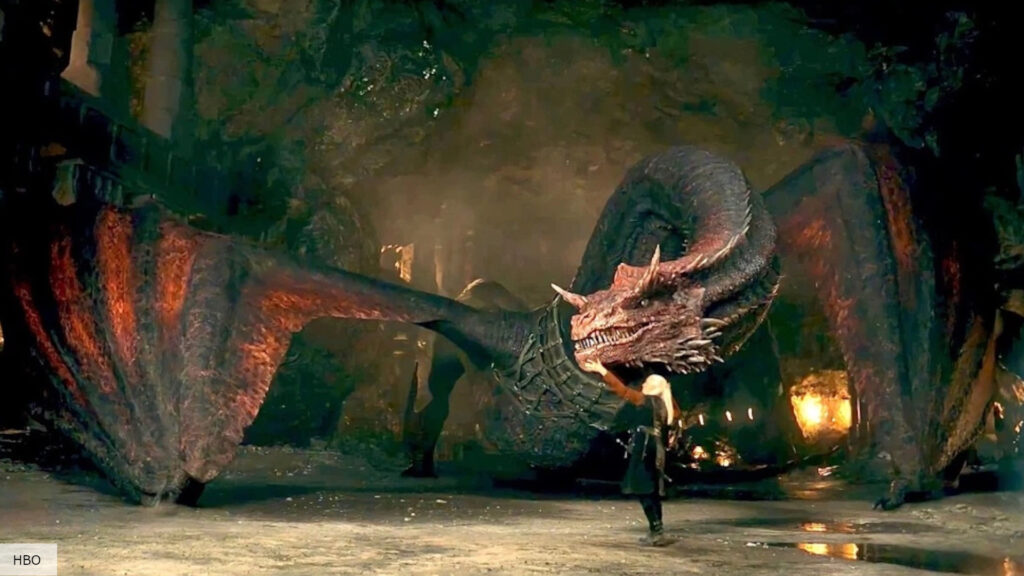
Vhagar’s death in Series
As it has been noticed in the case of most TV series, “House of the Dragon ” adapts this scene in some manner. The show places the fight more into the dramatic and tragic positioning where all focuses on the hatred between Aemond and Daemon. For this reason, it is possible to forecast that Vhagar’s death scenes in the series will be dramatic while following the book’s storyline with a focus on the air battle and the long-standing hatred of the riders.

Key Differences
- Detail and Perspective: Hence, the book provides more information on the battle including the strategies as well as the savagery of the fight with dragons. Depending on the source material, it is likely that the series could be a lot accurate, although, there are instances when changes are made as to visuals or drama.
- Character Development: The series typically provides a deeper look into the character’s motives and circumstances that might add more depth to the spin of Vhagar by giving Aemon and Daemon more feeling.
- Visual Representation: It is also easier vivid because the show has the luxury of the fight scene, the show gets an addition to the concept of spectacles and horrors than the book’s description of the dragon fight.
Conclusion
Thus, both “Fire & Blood” and “House of the Dragon” depict the death of Vhagar with their advantages: the first type of contribution offers a detailed history of characters and dynasties with the help of genealogical trees and illustrations while the second one is stunning visuals with the help of special effects and complicated musical score; put altogether both types (sources and contributions) help develop the universe of Westeros. Thus, a viewer, who begins this series, will look for the ‘premise’ in the historical recitation of the great Targaryen civil war in the book with all its glory and sorrow reflected here. Consequently, both the combined narrative and the audiobook are loyal to the focus on one of the most massive and gripping stages in the Targaryen dynasty chronicle.
Yet in the various angles of the Westeros the fans travel in the books as well as the show, one hears the death of Vhagar differentiating the baseline extract of George R.

